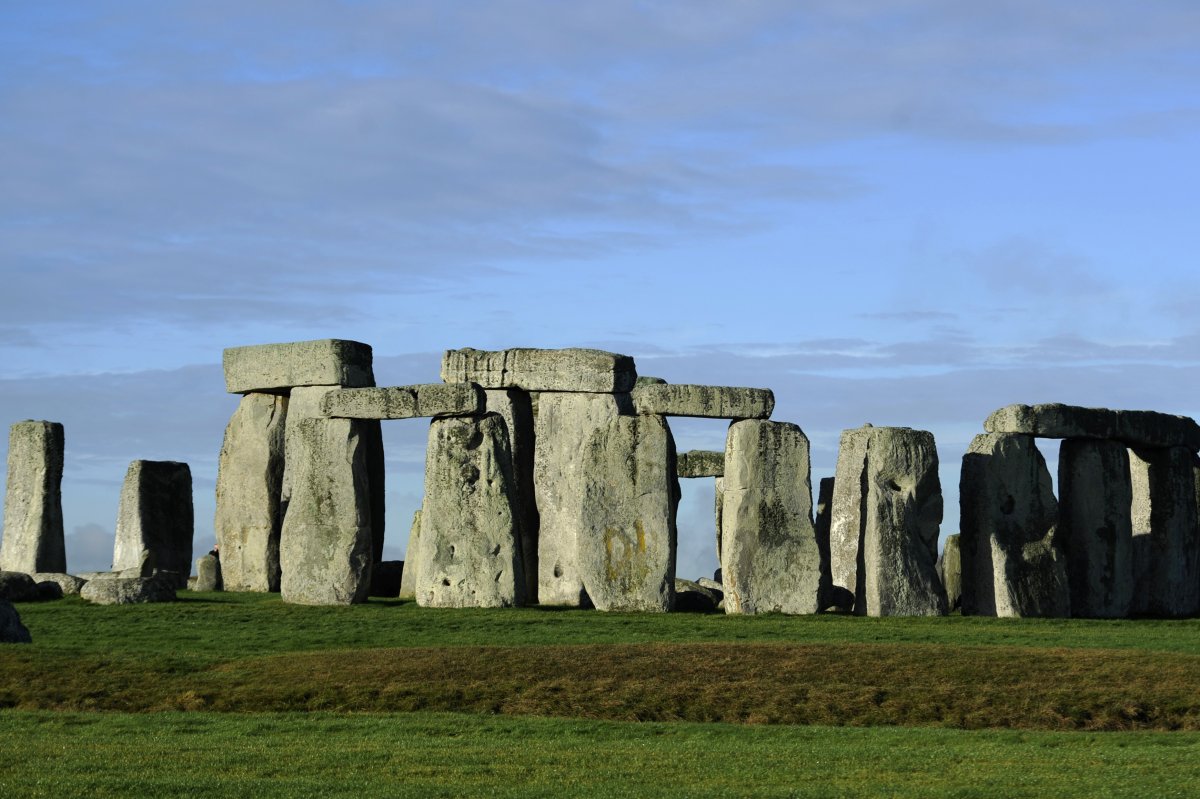However, till these days, the shape is thought to have been constructed by hunter-gatherers local to what is considered England today. A new take a look at disputes that idea. As IFL Science reviews, Stonehenge turned into likely the work of Turkish folks who migrated to Britain 6000 years ago and their descendants. In the new record published in the journal Nature: Ecology & Evolution, scientists from London’s Natural History Museum

and University College London explain how they analyzed the DNA from the remains of dozens of folks that lived in Britain between 8500 BCE and 2500 BCE. The results contained fewer local British genes than predicted: Researchers determined that after the people whose bones they studied had been alive, most of Britain’s hunter-gatherer populace had already been changed by farmers from the Aegean vicinity. Roughly 6000 years ago, humans from what’s now Turkey traveled throughout Europe and settled in Britain. In addition to reshaping the British gene pool, the brand-new institution additionally added agriculture to the vicinity.
Archaeologists have long debated whether or not farming was delivered to Britain using a specific culture or if local hunter-gatherers regularly followed it independently. “The transition to farming marks one of the most vital technological innovations in human evolution. It was first regarded in Britain around 6000 years ago; before that, people survived by searching, fishing and amassing,” take a look at co-writer Mark Thomas stated in a press launch. “We look at strongly helps the view that immigrant farmers brought agriculture into Britain and largely changed the indigenous hunter-gatherer populations.”
of Stonehenge, the primary part of that method built around 3000 BCE, probably became the paintings of folks that have been more culturally and genetically towards historic Aegeans than local Britons. But how they moved the 25-ton stones to their modern-day place and for what purpose stays a thriller. If you love historical records and eerie, abandoned places, it is time to break out the scuba diving gear and e-book a flight to Greece. As AFAR reviews, the website of a historic shipwreck close to Alonissos, a Greek island in the
Aegean Sea, has become an underwater museum. While underwater museums exist in Florida, Mexico, and Europe, the destinations of the one are geared extra closer to artwork and sculpture enthusiasts. In this example, divers will be swimming along with a piece of history, relationship again to the late 5th century B.C.E. The timber cargo delivered, which sank for an unknown purpose, disintegrated long ago. However, the seabed remains blanketed in heaps of amphoras (a storage jar used in historic Greece and Italy), possibly holding wine.




